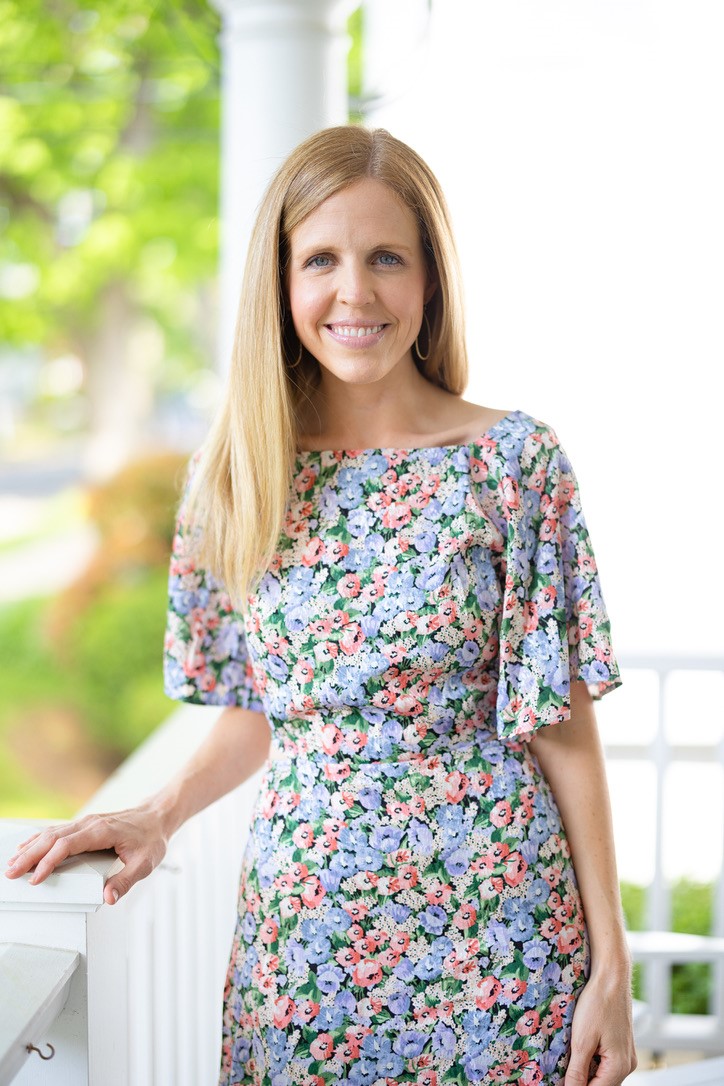 Please grow a pollinator garden. Bees, butterflies, hummingbirds, every gardener, and farmer will applaud you.
Please grow a pollinator garden. Bees, butterflies, hummingbirds, every gardener, and farmer will applaud you.
By Chris Cohan
 Please grow a pollinator garden. Bees, butterflies, hummingbirds, every gardener, and farmer will applaud you. The bees, butterflies, and hummingbirds will even come to your home and perform a daily show for you.
Please grow a pollinator garden. Bees, butterflies, hummingbirds, every gardener, and farmer will applaud you. The bees, butterflies, and hummingbirds will even come to your home and perform a daily show for you.
Honeybees have been disappearing in record numbers. They are not the only pollinators in jeopardy. Some butterflies and native bees have also experienced dramatic declines in their populations.
Pollinators, such as basil and marigolds, are a diverse and fascinating group that we must thank for our vegetables, flowers, berries, and fruit orchards. They make it happen. They ask for very little. Leave them alone and they will still thrive. In return, they will ensure that you are able to get the crispiest apples, sweetest strawberries, reddest tomatoes, and flowers galore. Their unpaid efforts ensure that our crops are worth $4 billion.
Plant in clumps, rather than in lines or scattered. A succession of flowering plants from spring until fall is best. Flowers of different shapes will attract different pollinators. Do NOT use pesticides.
Every flower border, bed, whiskey barrel, and window box helps. Start small, start big, but start. Here are some great plants to consider.
Pollinator Plants
 Early blooming
Early blooming
Chives, clover, dianthus, lupine, viola, poppy, mustards, sweet alyssum
 Mid-season blooming
Mid-season blooming
Basil, Black–eyed Susan, butterfly weed, coneflower, cosmos, dill, lavender, Monarda, thyme, coreopsis, caryopteris
 Late Blooming
Late Blooming
Cleome, dahlia, marigold, salvia, sunflower, zinnia, amaranth, butterfly bush, goldenrod















